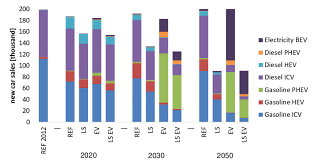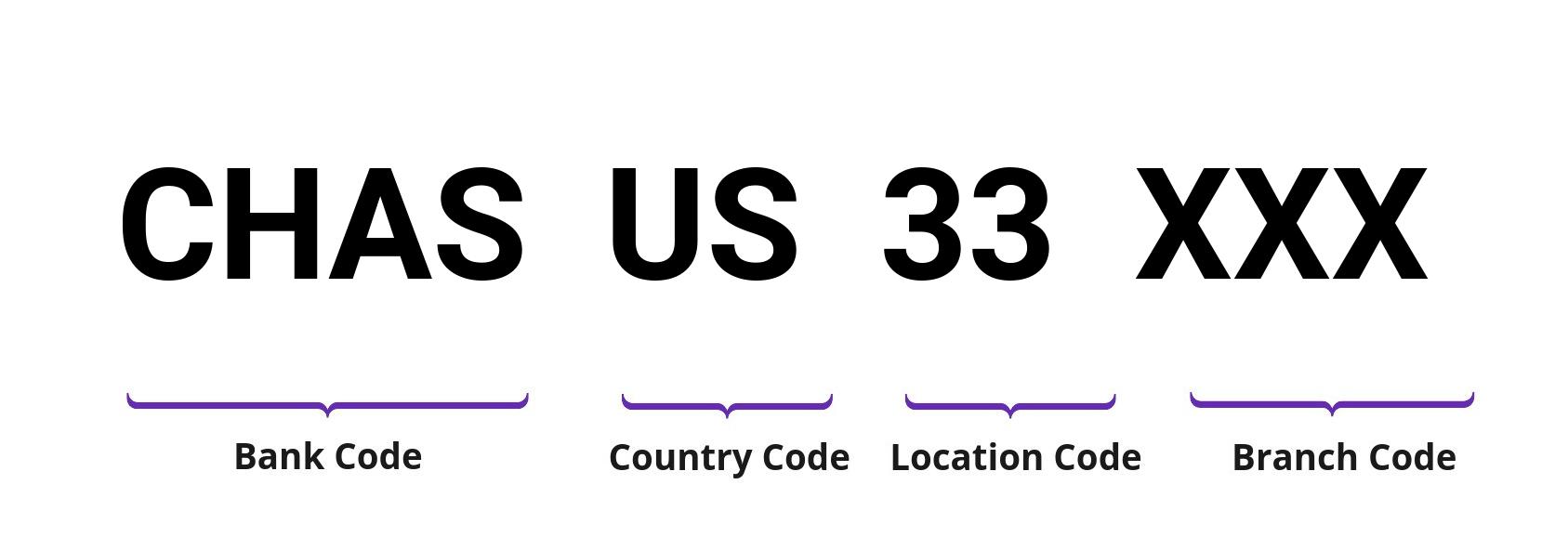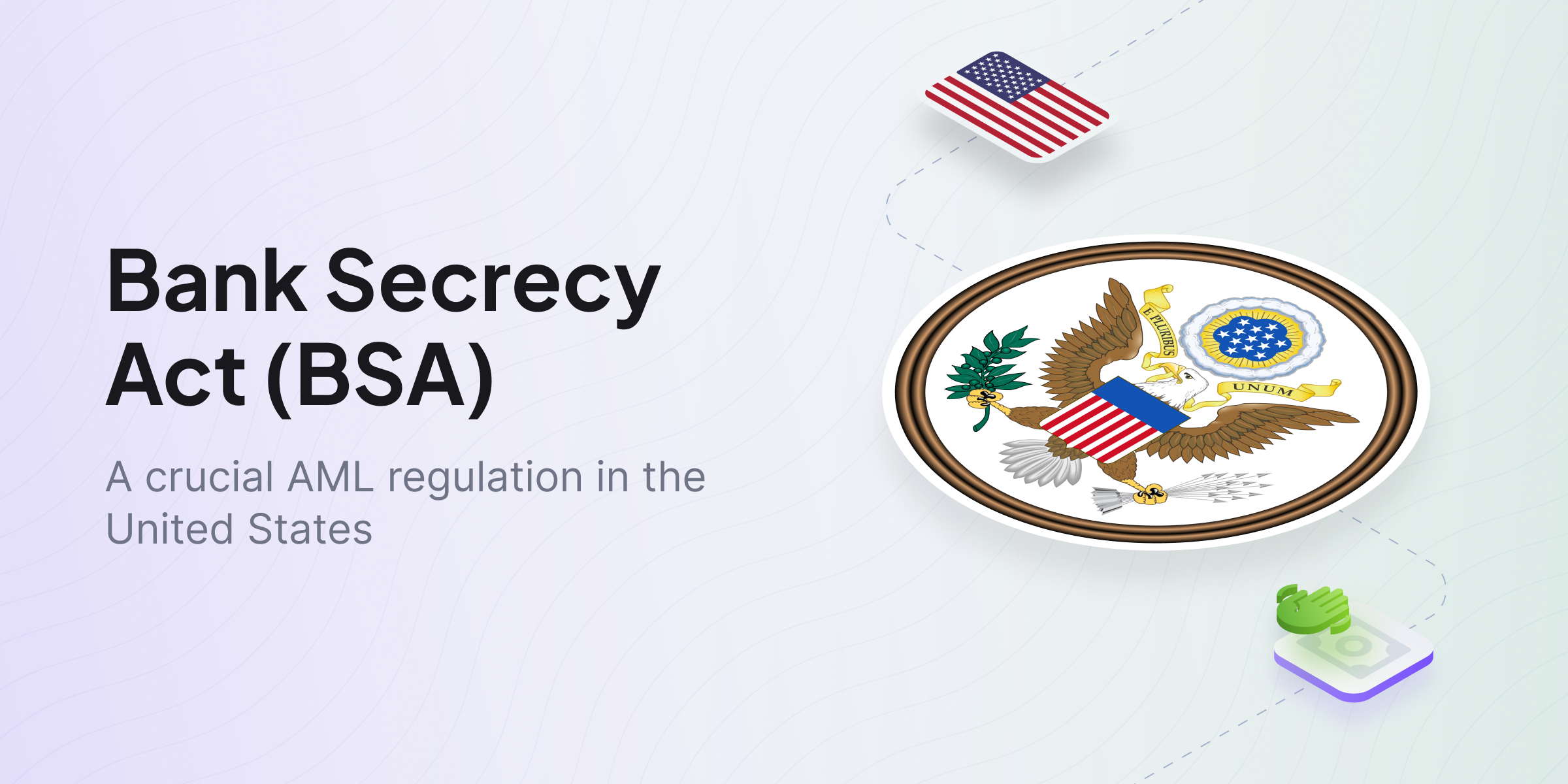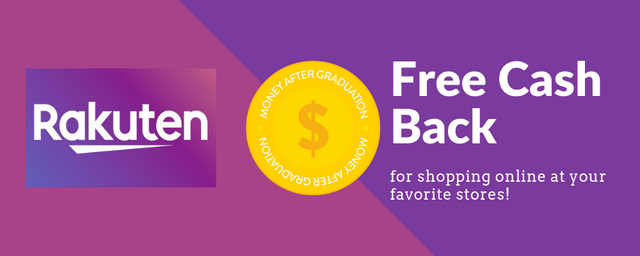In the ever-evolving world of cryptocurrency, stablecoins have become a vital asset class for managing volatility, enabling decentralized finance (DeFi), and bridging the gap between fiat currency and blockchain technology. If you’re a U.S. crypto investor, knowing the most trusted and widely adopted stablecoins is critical to safeguarding your portfolio and maximizing your strategy.
This in-depth guide breaks down the ultimate list of stablecoins every U.S. crypto investor needs to know—including how they work, their advantages, the risks involved, and which ones dominate the U.S. market in 2025.
What Are Stablecoins?
Stablecoins are cryptocurrencies designed to maintain a stable value by being pegged to a reserve asset—typically a fiat currency like the U.S. dollar (USD). Unlike Bitcoin or Ethereum, whose prices can fluctuate wildly, stablecoins aim to provide price stability, making them ideal for payments, remittances, trading, and storing value.
The keyword here is “stability.” For every U.S. crypto investor, understanding how stablecoins function is essential.
Types of Stablecoins
- Fiat-Collateralized Stablecoins
Backed 1:1 by fiat reserves (USD, EUR, etc.). Most common and regulated. - Crypto-Collateralized Stablecoins
Backed by other cryptocurrencies, using over-collateralization and smart contracts (e.g., DAI). - Algorithmic Stablecoins
Maintain peg using algorithms and market incentives (e.g., Frax, Ampleforth). These are higher-risk.
Why Every U.S. Crypto Investor Should Use Stablecoins
If you’re a U.S. crypto investor, here’s why stablecoins matter:
- Hedge Against Volatility
When Bitcoin drops 10% overnight, stablecoins preserve your capital. - Easy On/Off-Ramp for USD
Convert between fiat and crypto with ease using USDC or USDT. - Passive Income in DeFi
Earn yield by staking stablecoins in protocols like Aave, Compound, and Curve. - Lower Transaction Costs
Send money globally within seconds at a fraction of the traditional banking cost.
The Ultimate List Of Stablecoins Every U.S. Crypto Investor Needs To Know
Let’s break down the most trusted stablecoins in the U.S. market that every savvy crypto investor should have on their radar.
1. USD Coin (USDC)
- Type: Fiat-backed
- Peg: 1 USD
- Issuer: Circle, in partnership with Coinbase
- Blockchain: Ethereum (ERC-20), Solana, Avalanche, Polygon, and more
- Market Cap (2025): ~$31 billion
Why U.S. Investors Trust USDC:
USDC is considered the most transparent and compliant stablecoin, audited monthly and regulated under U.S. financial laws. It’s ideal for those concerned about legal and financial oversight.
Best For:
- Institutional investors
- DeFi protocols
- U.S.-based crypto exchanges
2. Tether (USDT)
- Type: Fiat-backed
- Peg: 1 USD
- Issuer: Tether Limited
- Blockchain: Ethereum, Tron, Solana, etc.
- Market Cap (2025): ~$83 billion
Why It Matters to U.S. Crypto Investors:
Despite past controversies, USDT remains the most widely used stablecoin globally due to its liquidity and integration across exchanges.
Best For:
- Traders seeking fast settlements
- Cross-border payments
- High-volume DeFi users
3. DAI
- Type: Crypto-collateralized
- Peg: 1 USD
- Issuer: MakerDAO (decentralized)
- Blockchain: Ethereum
- Market Cap (2025): ~$5 billion
Why U.S. Investors Choose DAI:
DAI is decentralized and censorship-resistant. For privacy-focused investors or those skeptical of centralized coins, DAI is a smart choice.
Best For:
- DeFi users
- Smart contract integration
- Privacy-conscious investors
4. PayPal USD (PYUSD)
- Type: Fiat-backed
- Peg: 1 USD
- Issuer: PayPal and Paxos
- Blockchain: Ethereum
- Market Cap (2025): ~$600 million
Why PYUSD Is Rising in the U.S.:
PYUSD combines the trust of a major U.S. financial brand (PayPal) with blockchain utility. It is rapidly gaining adoption in U.S. e-commerce.
Best For:
- Digital commerce
- Retail transactions
- PayPal users
5. TrueUSD (TUSD)
- Type: Fiat-backed
- Peg: 1 USD
- Issuer: Archblock
- Blockchain: Ethereum, BNB Chain, Tron
- Market Cap (2025): ~$1.2 billion
Trusted For:
TUSD emphasizes transparency and real-time audits, which U.S. crypto investors increasingly value post-FTX collapse.
Best For:
- Transparent investing
- Arbitrage opportunities
- Multi-chain DeFi
6. Gemini Dollar (GUSD)
- Type: Fiat-backed
- Peg: 1 USD
- Issuer: Gemini Trust Company (NYDFS-regulated)
- Blockchain: Ethereum
- Market Cap (2025): ~$150 million
Why GUSD Appeals to U.S. Investors:
As a NY-regulated trust company, Gemini offers one of the safest stablecoins for conservative investors.
Best For:
- U.S. regulation-first investors
- Long-term stability
- Crypto savings
7. Binance USD (BUSD) (Phasing Out)
- Type: Fiat-backed
- Peg: 1 USD
- Issuer: Paxos (ended in 2023)
- Blockchain: Ethereum, BNB Chain
- Market Cap (2025): < $100 million
Important Note for U.S. Crypto Investors:
BUSD is being phased out due to SEC and NYDFS pressures. Investors should transition to more supported stablecoins like USDC or PYUSD.
8. Frax (FRAX)
- Type: Algorithmic-Hybrid
- Peg: 1 USD (partially collateralized)
- Issuer: Frax Finance
- Blockchain: Ethereum and others
- Market Cap (2025): ~$800 million
Why It’s on the List:
FRAX is an experimental stablecoin that U.S. crypto investors are watching closely for its unique hybrid design.
Best For:
- Yield farming
- Advanced DeFi strategies
- High-risk, high-reward profiles
9. USDD (Tron)
- Type: Algorithmic
- Peg: 1 USD
- Issuer: Tron DAO
- Blockchain: Tron
- Market Cap (2025): ~$730 million
Controversy:
USDD has faced peg instability in the past. U.S. investors should approach with caution, especially post-TerraLUNA collapse.
Best For:
- Cross-chain DeFi
- TRON ecosystem participants
- High-yield opportunities
Key Considerations When Choosing Stablecoins as a U.S. Crypto Investor
When evaluating which stablecoins to use, every U.S. crypto investor should consider:
- Regulatory Compliance: Favor stablecoins backed by U.S. institutions or regulated entities (e.g., USDC, GUSD, PYUSD).
- Liquidity: A stablecoin should have sufficient volume and integration across major exchanges.
- Audits and Transparency: Regular attestations by third parties increase trust.
- Smart Contract Risk: For DeFi stablecoins, ensure the protocol is audited and has a good track record.
Risks Associated With Stablecoins
While stablecoins reduce volatility, they are not risk-free. U.S. crypto investors should be aware of:
- Regulatory Crackdowns
The SEC and other agencies are increasing scrutiny. - Depegging Events
Even large stablecoins can temporarily lose their 1:1 peg under stress. - Centralization Risk
Fiat-backed coins are often subject to freezing or blacklisting by issuers. - Smart Contract Exploits
Algorithmic and DeFi-native stablecoins are prone to vulnerabilities.
How U.S. Crypto Investors Can Use Stablecoins in 2025
- Savings Accounts
Platforms like Coinbase and Gemini offer APY on stablecoin holdings. - Crypto Trading
Use USDT or USDC as a base pair for altcoin trades. - DeFi Lending
Lend DAI or USDC in Aave, Compound, or Yearn for passive income. - Payments
Use PYUSD for e-commerce or cross-border payroll. - Arbitrage
Exploit stablecoin price discrepancies across exchanges.
Conclusion: Pick The Right Stablecoin For Your Strategy
The role of stablecoins is becoming increasingly central in the digital asset ecosystem. For any U.S. crypto investor, having a solid understanding of which stablecoins to use—and why—can make the difference between safety and risk, profit and loss.
From USDC’s trustworthiness to DAI’s decentralization and PYUSD’s mainstream utility, the ultimate list of stablecoins every U.S. crypto investor needs to know empowers you to make smarter decisions in 2025.
Recap of Top Stablecoins in the U.S.:
| Stablecoin | Type | Best For |
|---|---|---|
| USDC | Fiat-backed | Compliance, liquidity |
| USDT | Fiat-backed | Trading, global transfers |
| DAI | Crypto-backed | DeFi, decentralization |
| PYUSD | Fiat-backed | U.S. payments, e-commerce |
| TUSD | Fiat-backed | Transparency |
| GUSD | Fiat-backed | Regulated investment |
| FRAX | Hybrid | High-risk DeFi |
| USDD | Algorithmic | TRON ecosystem |
Final Tip:
Diversify across multiple stablecoins and monitor regulatory updates to stay ahead as a U.S. crypto investor.





























